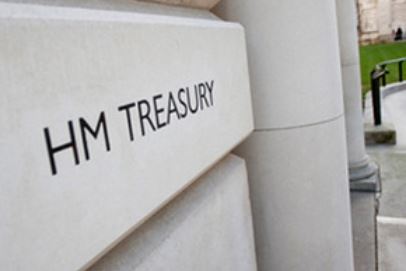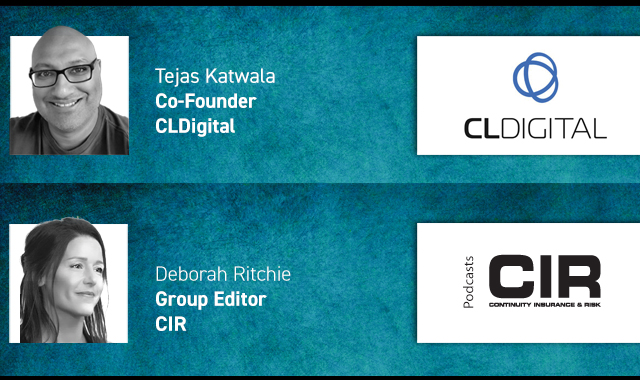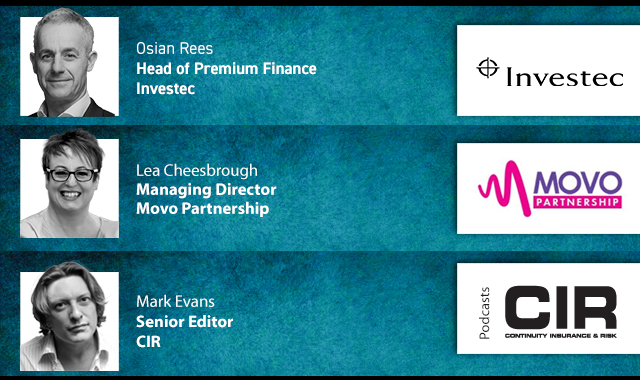Technological advancements, such as hydrogen and artificial intelligence, will have a critical role to play in reaching net zero in a post-COVID-19 world, according to the 56th EY Renewable Energy Country Attractiveness Index. The Index highlights that climate change and renewables must stay at the top of the global agenda if the low-carbon transition is to be accelerated but notes that grid stability remains a significant barrier to faster renewables adoption.
Lockdown measures in response to the COVID-19 pandemic early in 2020 resulted in the share of renewables used in the energy mix soaring across most markets, due to depressed electricity demand, low operating costs and priority access to the grid through regulation. At the same time, economic recovery rhetoric from many global leaders is focused around green growth, leading to a renewed thrust toward net zero targets.
Ben Warren, EY global power and utilities corporate finance leader and RECAI chief editor, said: “Reduced fossil fuel consumption in recent months led to a dramatic fall in pollution levels and has driven greater focus on green growth and recovery. The impact on economies across the globe seems to have accelerated the drive to net zero, and refocused investors’ minds on the environmental, social and corporate governance agenda and how to maintain resilience in their investment portfolios. This highlights the tremendous potential for renewables, and while grid stability emerges as a major barrier, a surge in technological innovation could help to address this challenge.”
As renewables adoption is expected to ramp up further, the Index highlights the critical role of hydrogen and AI in supporting grid stability. The ability to convert excess renewable electricity into hydrogen – to create a chemical battery with greater storage capacity – is projected to be a game-changer. Meanwhile, by leveraging the internet of things, sensors and big data, it suggests that AI algorithms can help stabilise central grids by improving predictive capabilities through demand forecasting and asset management – thereby increasing dispatch efficiency.
Arnaud de Giovanni, EY global renewables leader, said: “The recovery from the COVID-19 pandemic presents the energy industry with an opportunity for green and sustainable growth. There will no doubt be challenges in the short term, but renewables are well-equipped to seize the opportunity. Energy leaders must take the lead in a coordinated effort across industries and leverage technological innovations toward enabling a sustainable future.”
Printed Copy:
Would you also like to receive CIR Magazine in print?
Data Use:
We will also send you our free daily email newsletters and other relevant communications, which you can opt out of at any time. Thank you.











YOU MIGHT ALSO LIKE